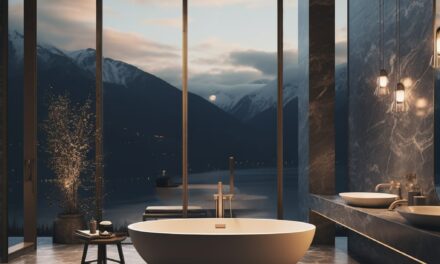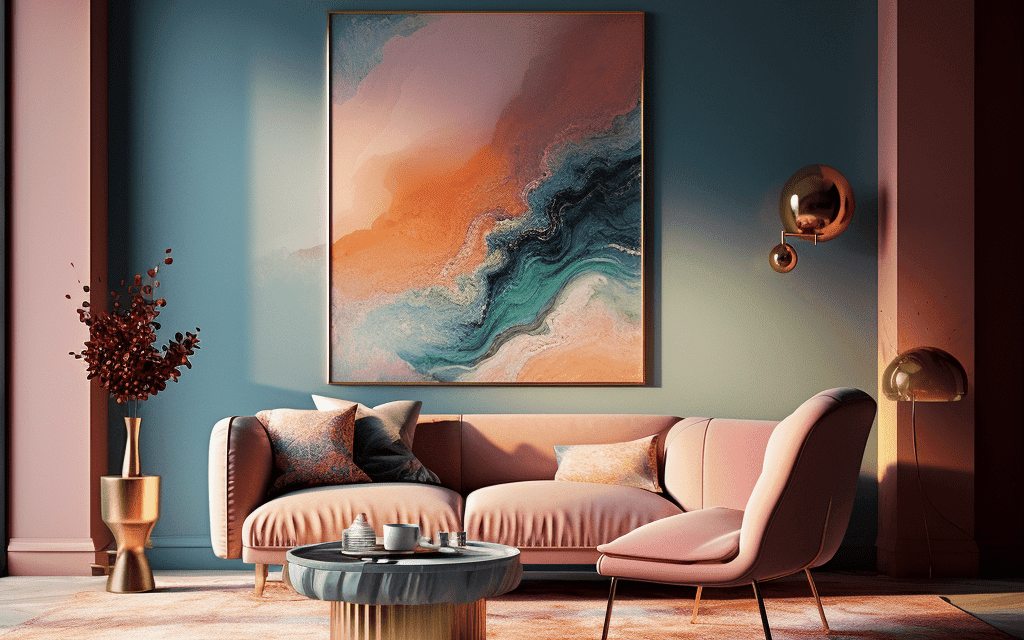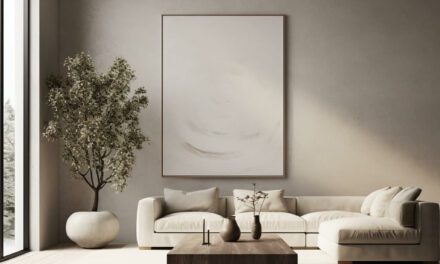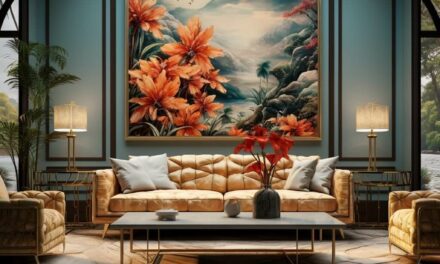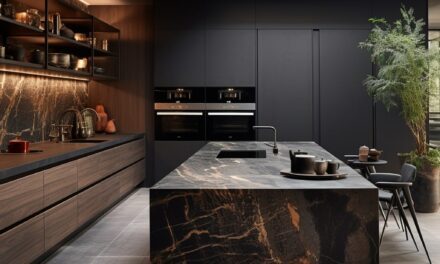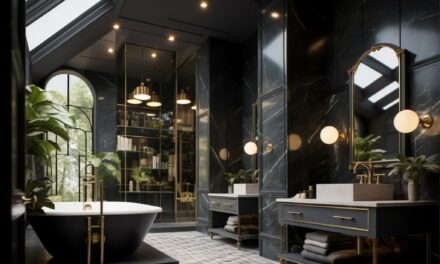Hello, dear readers! Before we dive deep into the nitty-gritty of home room design, let’s kick things off with an understanding of why it’s a topic worth your time and energy.
The Importance of Home Room Design
Ever stopped to think why some rooms just feel right? Or why certain spaces evoke specific emotions in you? The magic behind such feelings is predominantly owed to room design. Whether we realize it or not, the layout, decor, and overall aesthetics of a room play a pivotal role in shaping our mood, productivity, and overall satisfaction.
Imagine walking into a cluttered room with mismatched furniture and poor lighting. Your immediate reaction might be discomfort or unease.
Now, imagine a well-organized room, where every piece of furniture complements the other, and the lighting accentuates the room’s best features. Feels like a breath of fresh air, right? That’s the power of good room design. It’s not just about making a space look good, but about enhancing its functionality and ensuring it resonates with the people who use it.
Looking for style inspiration? The 32 best house ideas and styles for 2023
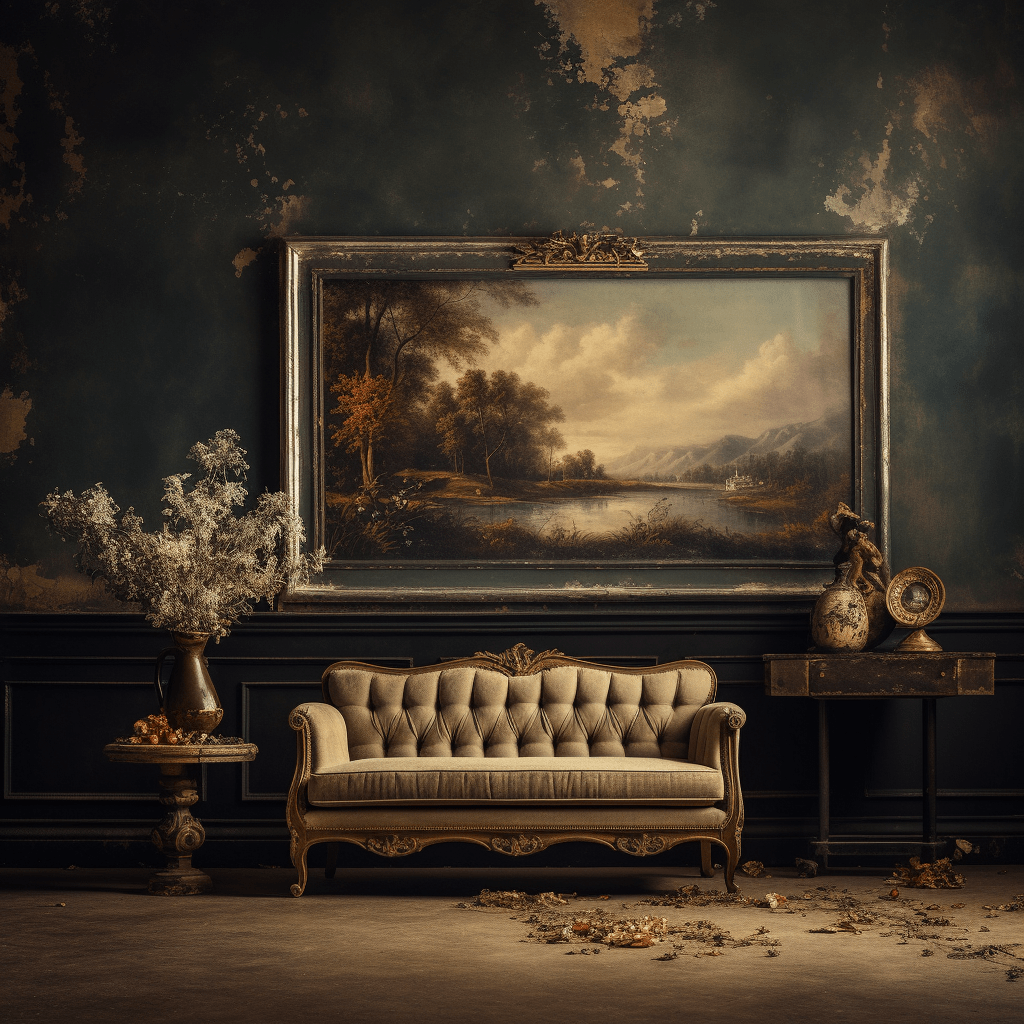
Evolution of Home Room Design Trends
Diving into the history of room design is akin to taking a thrilling ride on a time machine. From the opulent and ornate designs of the Renaissance era to the minimalistic and functional designs of the mid-20th century, every epoch has left its indelible mark on how we perceive and design spaces.
Fast forward to our current era, and you’ll find a beautiful amalgamation of past and present. As we approach 2023, there’s a distinctive blend of nostalgia and innovation in design trends. Retro themes are making a comeback, but with a touch of modern sensibilities. Sustainability is no longer a buzzword; it’s a necessity that’s beautifully intertwined with design concepts.
But what’s most exciting is that we’re in an era where individuality reigns supreme. There’s no one-size-fits-all in design anymore. It’s all about personalization, and ensuring a space reflects the unique personality of its occupant.
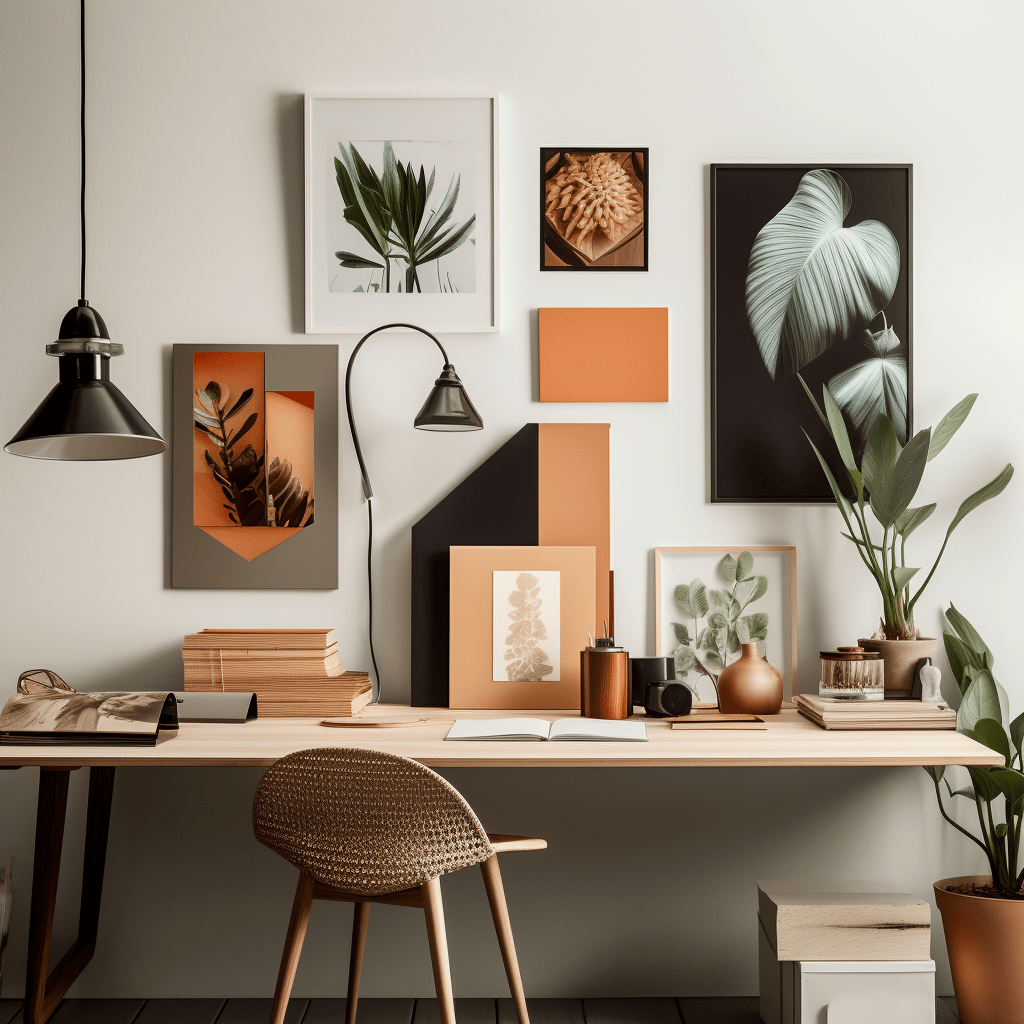
Step-by-Step Guide to Home Room Design
If you’ve ever found yourself lost amidst a sea of Pinterest boards, design catalogs, and DIY videos, wondering where to start with your room design, you’re not alone. The process can be daunting. But, as with any journey, the key lies in taking it one step at a time. Here’s a simplified roadmap to guide you through the maze of room design.
Understanding Your Space
First things first: it’s time to put on your Sherlock hat. No, I’m not asking you to solve a mystery (although design can sometimes feel like one). I’m talking about investigating and truly understanding your space.
- Dimensions Are Crucial: Whip out that measuring tape and get the exact dimensions of your room. This will save you from the heartbreak of falling in love with a piece of furniture that just won’t fit.
- Let There Be Light: Observe the natural lighting patterns. Does your room soak in the morning sun or is it bathed in the golden hue of the setting sun? This will not only influence your color choices but also where you might want to place certain furniture pieces.
- Spotting The Star: Every room has a potential focal point. It could be a fireplace, a vignette, a large window, or even an art piece. Identifying this can help you design the room in a way that highlights its best features.
Setting a Budget
Let’s talk money. As much as we’d all love to have an unlimited budget, constraints can often lead to more creative solutions. And trust me, setting a budget in advance is the best thing you can do for yourself.
- Know Your Priorities: Decide on what’s essential and what’s a luxury. This could be the difference between investing in a high-quality sofa versus splurging on an expensive lamp.
- Research, Research, Research: Before making any purchases, ensure you’ve shopped around, both online and offline. Sometimes, the best deals are found in the most unexpected places.
- Hidden Costs: Don’t forget to account for delivery charges, installation costs, or any other additional fees. These can quickly add up and surprise you.
Creating a Mood Board
Think of a mood board as your room’s vision board. It’s a collage of inspiration, ideas, and a tangible representation of your design aesthetic.
- Physical vs. Digital: While some prefer old-school cutouts from magazines pinned on a board, others might lean towards digital platforms like Pinterest. Choose what resonates with you.
- Color Schemes: Begin with picking a base color and then build around it. Incorporate patterns, textures, and complementary shades.
- Function Meets Style: Ensure your mood board isn’t just about aesthetics. If you need a reading nook, add images of cozy corners. If you’re a tech enthusiast, include modern gadgets and setups.
Remember, design isn’t about rigid rules. It’s about creating a space that feels right to you. So, while these steps provide a framework, always trust your instincts and don’t be afraid to experiment!
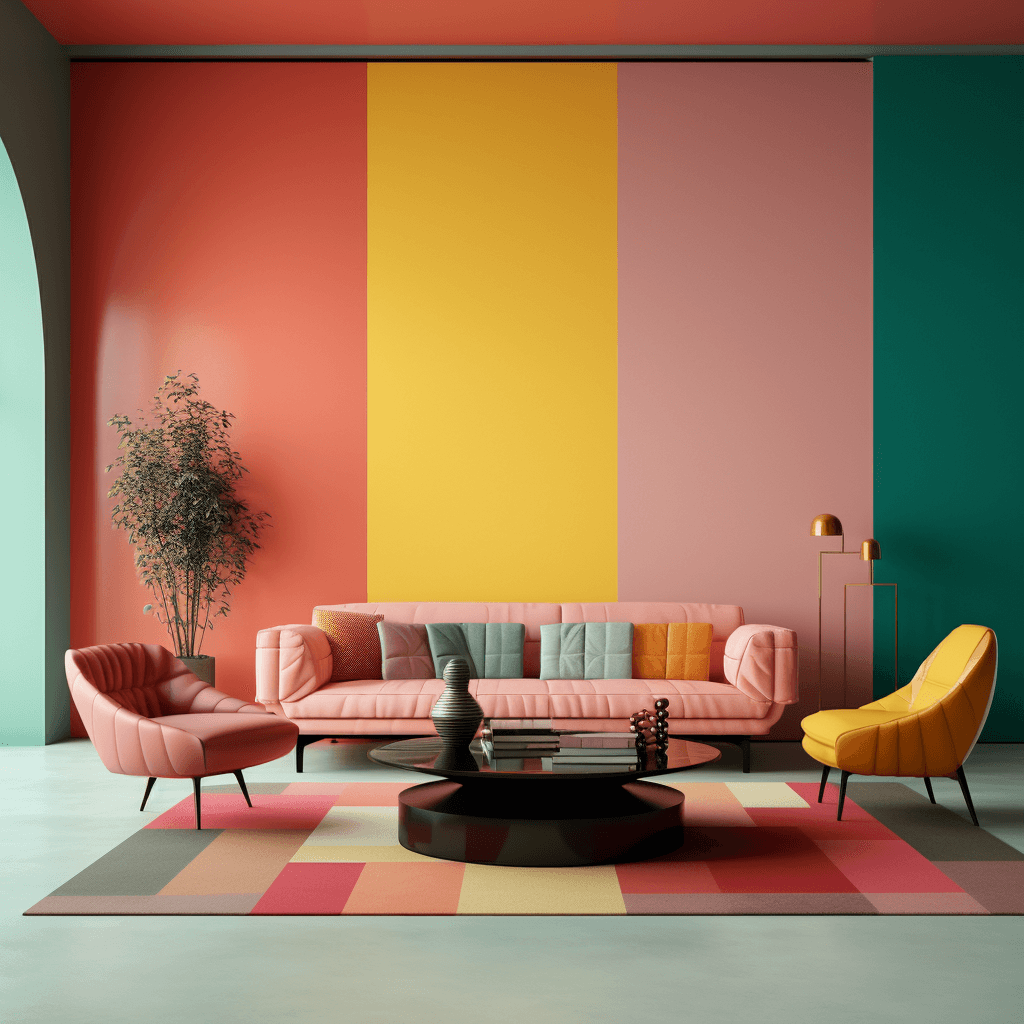
Best Home Room Design Apps and Software of 2023
In today’s digital age, interior design software has become an indispensable tool for professionals and enthusiasts alike. From drafting to visualization and design rendering to project management, the right software can elevate your design process. But with myriad options in the market, how do you pick the best fit?
Design Software
Autodesk AutoCAD LT:
- Pricing: Starts with a free trial, followed by a monthly fee of $55.
- User Experience: Known for its intuitive interface and a suite of editing tools.
- Our review: “A staple for professionals. Its cloud connectivity feature ensures seamless collaboration.
SketchUp Pro:
- Pricing: Available for an annual fee of $269, with a lighter free version for beginners.
- User Experience: Offers fast and easy 3D modeling with VR compatibility.
- Our Review: “The ability to walk clients through virtual designs is a game-changer.”
TurboCAD:
- Pricing: Offers a permanent license with a variety of pricing options tailored to your budget.
- User Experience: Lauded for its photorealistic modeling and materials-specific tools.
- Our Review: “A robust alternative to mainstream software, especially for material-focused designs.”
Morpholio:
- Pricing: Varies based on features, with basic to advanced tiers.
- User Experience: Streamlines sketching and presentation, offering a seamless design journey.
- Our Review: “Morpholio’s suite of tools is a boon for creative brainstorming and design visualization.”
Photography Software
Adobe Photoshop:
- Pricing: Available as part of Adobe’s Creative Cloud subscription service at varying price points.
- User Experience: Recognized for its advanced photo editing capabilities.
- Our Review: “The gold standard in photo editing. Essential for showcasing design projects.”
Adobe Capture:
- Pricing: Part of Adobe’s Creative Cloud suite with both free and paid options.
- User Experience: Transforms images into design assets, offering a unique design perspective.
- Our Review: “For color enthusiasts, Capture unveils a world of inspiration from everyday images.”
Project Management Software
Gather:
- Pricing: Starts at $165 per month for five team members.
- User Experience: Features a clipper tool and a robust search system for streamlined project management.
- Our Review: “Makes team collaboration a breeze. The document export feature is especially handy.”
Ivy:
- Pricing: Starts at $55 per month.
- User Experience: Comprehensive tools for product sourcing, invoicing, and client communication.
- Our Review: “A one-stop solution for design firms looking to optimize operations.”
CoConstruct:
- Pricing: Standard Plan starts at $99 per month.
- User Experience: Tailored for builders and remodelers, focusing on clear project communication.
- Our Review: “A must-have for larger design projects. The financial control it offers is unparalleled.”
In the ever-evolving realm of design, staying updated with the latest tools can be the difference between a good design and a great one. So, arm yourself with the best, and let your creativity run wild!
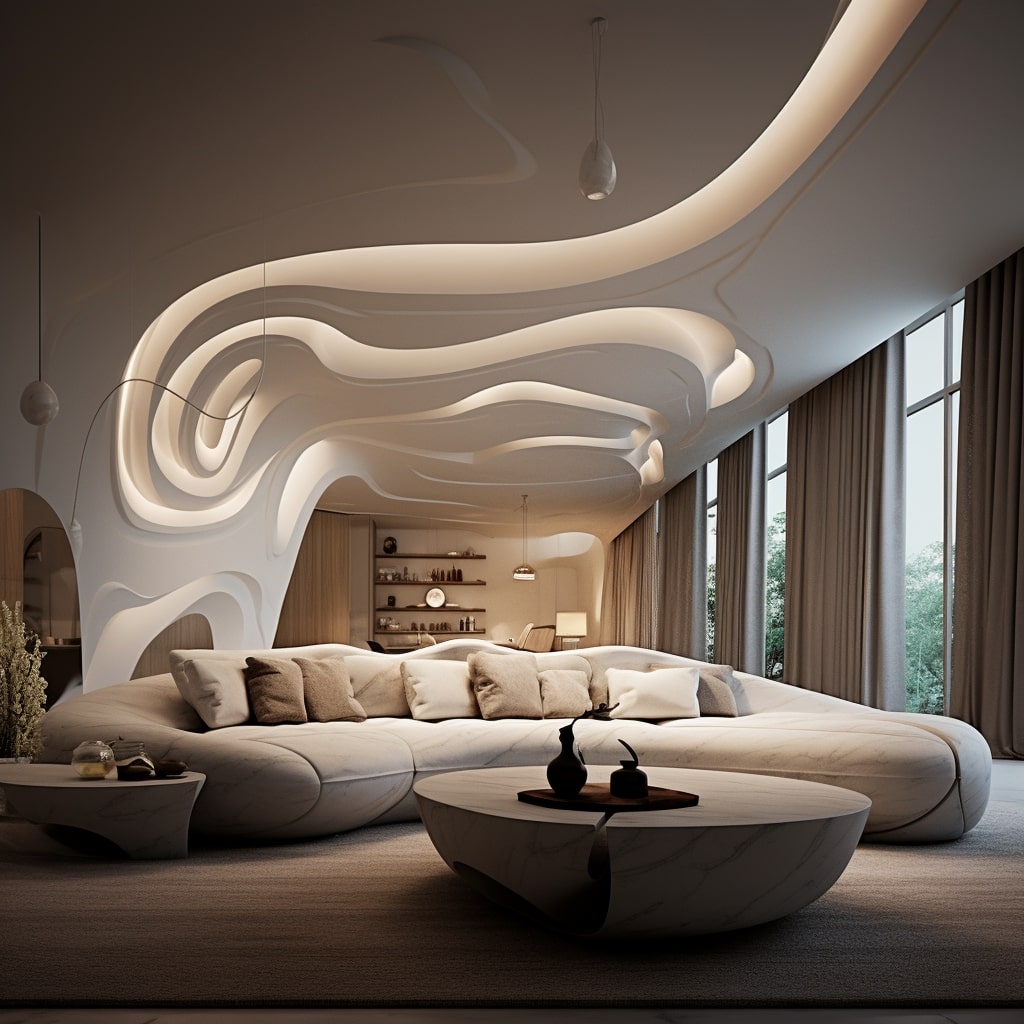
Tools and Methods for Effective Home Room Design
Welcome to the toolbox of modern room design! It’s not just about hammers, nails, or paintbrushes anymore. Instead, the tools of today’s designers are rooted in understanding, technique, and the smart integration of technology. Let’s demystify these tools, shall we?
The Power of Color Theory
Color isn’t just something that meets the eye; it’s an experience, an emotion. Ever wondered why certain spaces evoke tranquility, while others exude vibrancy and energy?
- Emotional Impact: Colors have an innate ability to influence our emotions. Blues can calm, reds can energize, and greens can refresh. By understanding the emotional spectrum of colors, you can set the desired mood for any room.
- Harmonizing Spaces: Mastering color relationships is essential. Whether you’re aiming for a monochromatic look or a contrasting scheme, knowing which colors complement each other can make or break your design.
- Trending Palettes: Just like fashion, color trends in interior design evolve. Stay updated with the year’s trending palettes to ensure your space feels contemporary and chic.
Efficient Space Utilization Techniques
Square footage might be finite, but creativity? That’s limitless. Making the most of your room, irrespective of its size, is an art.
- Multi-Functional Furniture: Invest in pieces that serve dual purposes – think beds with storage or coffee tables that transform into workstations.
- Vertical Real Estate: Don’t just think horizontally. Vertical spaces, like walls, can be utilized for storage, decor, or even gardens.
- Zoning: Even in open-concept designs, creating distinct ‘zones’ for different activities can help streamline space and reduce clutter.
Integrating Technology into Design
The homes of 2023 aren’t just about beauty; they’re about brains too. Modern tech gadgets aren’t just additions but essentials in today’s designs.
- Smart Home Systems: From voice-activated lights to automated blinds, integrating smart systems can elevate your living experience.
- Invisible Tech: Modern tech is sleek. Think wireless charging tables, speakers integrated into wall art, or mirrors that double as displays.
- Eco-Friendly Gadgets: With the push towards sustainability, tech that helps reduce our carbon footprint is not just trendy but also essential. Solar-powered devices or energy-efficient systems can be seamlessly incorporated into designs.
The beauty of modern room design lies in its adaptability and evolution. By understanding the tools at your disposal and effectively integrating them, you’re not just designing a room; you’re crafting an experience. Dive in, experiment, and let your space tell a story!
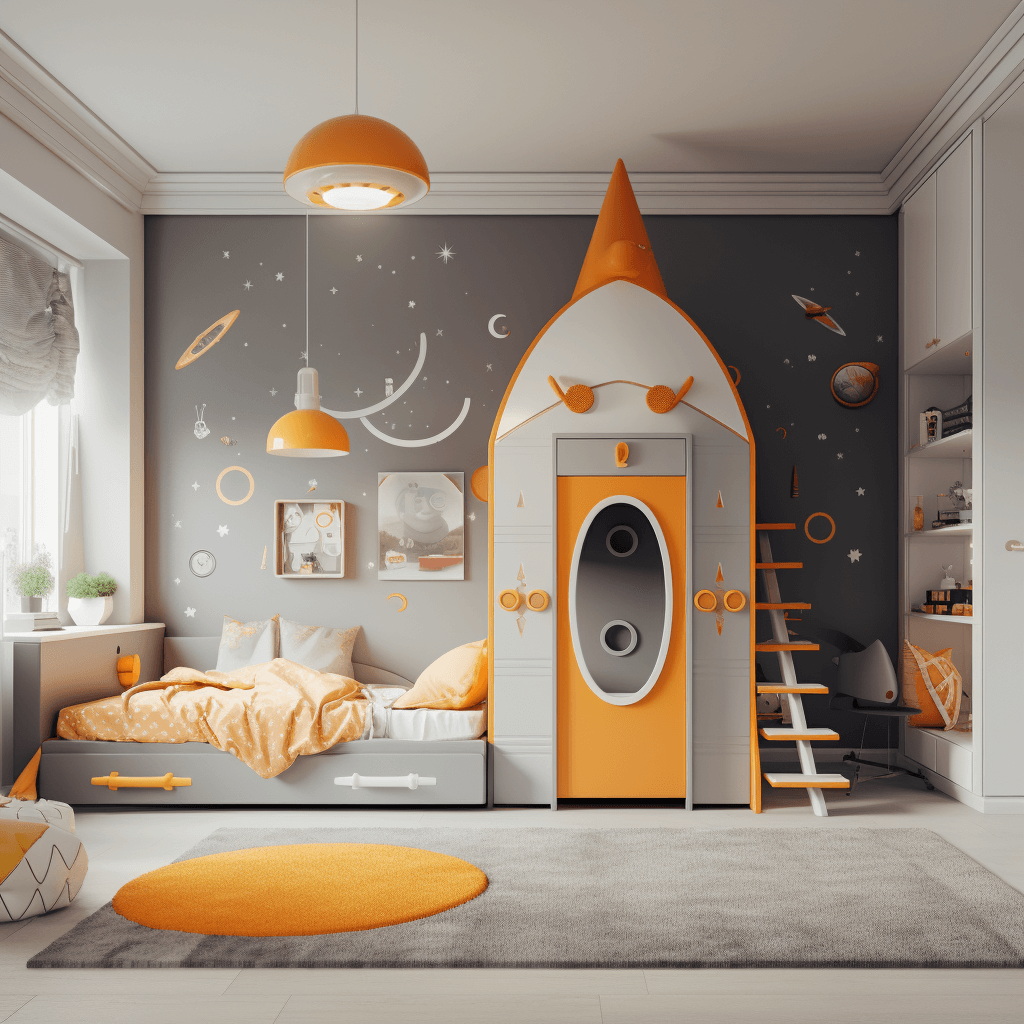
Decorating and Personalizing Your Space
Ah, decoration! It’s the jewelry of room design, the cherry on top, the final touch that transforms a house into a home. But in a world overflowing with choices, how do you select the right decor elements? And once you do, should you roll up your sleeves and DIY, or should you call in the pros? Let’s unravel these questions.
Essential Decor Elements for 2023
Every year brings with it a fresh wave of decor trends. While the classics always hold their ground, there are a few standout pieces that can instantly uplift and modernize your space.
- Eco-Accents: Sustainability isn’t just a buzzword in 2023; it’s a lifestyle. Think bamboo frames, recycled glass vases, and upcycled art pieces.
- Tech-Infused Decor: From digital art frames that change artwork with your mood to smart plant pots that notify you when it’s watering time, tech has woven its way into decor like never before.
- Bold Textures and Patterns: Be it chunky knit throws, geometric patterned rugs, or textured wall panels, 2023 is all about adding depth and dimension to spaces.
DIY vs. Professional Decor
The eternal debate: to DIY or not to DIY? Both paths have their merits, and the choice ultimately boils down to personal preferences and circumstances.
DIY Pros:
- Personal Touch: Every piece you create or customize tells a story, adding a unique touch to your space.
- Budget-Friendly: More often than not, DIY can be kinder to your wallet, allowing you to save those extra bucks.
DIY Cons:
- Time-Consuming: While the process can be rewarding, it can also be time-intensive, especially if you’re new to the craft.
- Risk of Errors: Without professional expertise, there’s a higher chance of mistakes, which might sometimes cost more to rectify.
Professional Pros:
- Expertise: Professionals bring knowledge and experience, ensuring the decor aligns with your vision and is executed flawlessly.
- Hassle-Free: Hiring a pro means you can sit back and relax while your space gets a makeover.
Professional Cons:
- Costlier: Professional services come with a price tag, which might stretch your budget.
- Less Personal: While pros will align with your vision, the final outcome might lack the intimate touch that DIY projects inherently have.
Decorating is an expression, a reflection of who you are and what you love. Whether you choose the DIY route, hire a professional, or mix a bit of both, the goal is to create a space that resonates with you. So, embrace the trends, but never let them overshadow your personal style. After all, the best decor element is a touch of YOU!
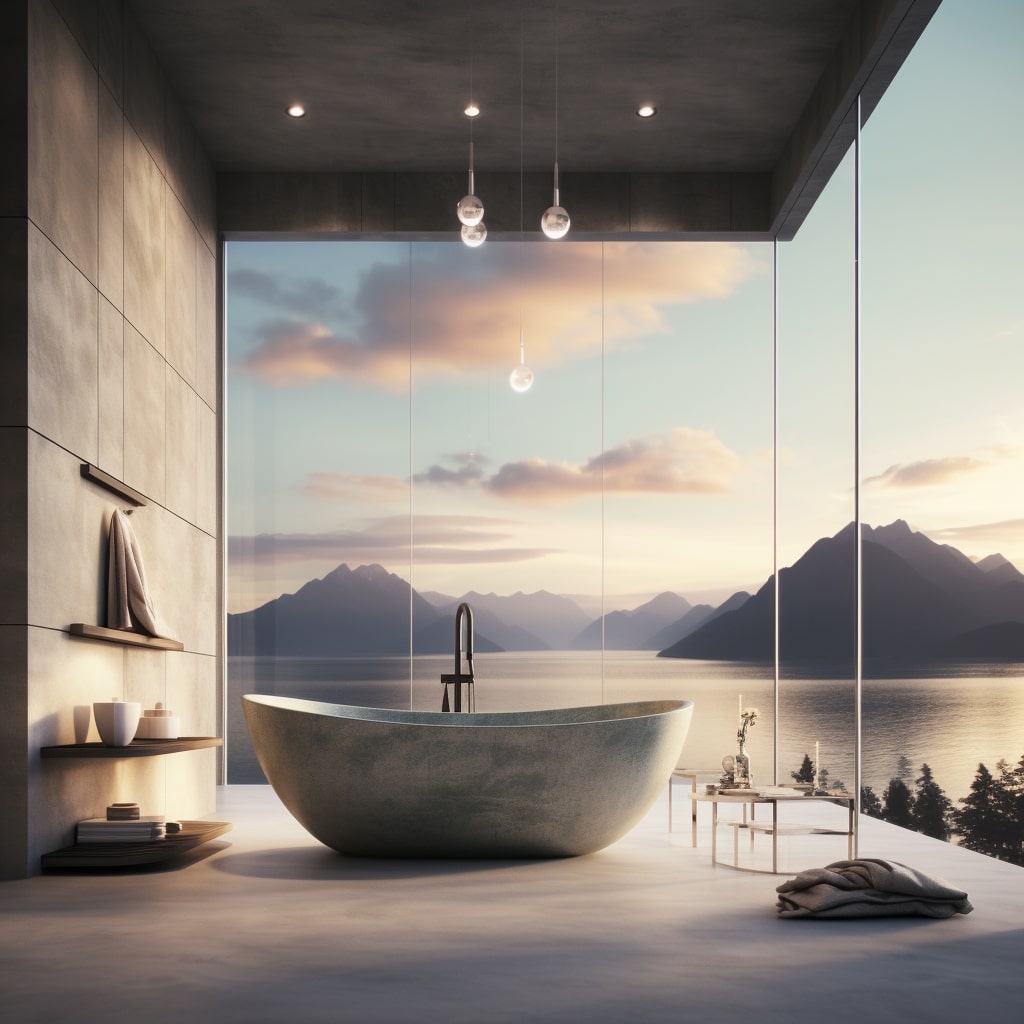
Popular Styles and Themes for 2023
The world of interior design is a kaleidoscope, constantly shifting, evolving, and surprising us. But as we stand in 2023, some themes have clearly taken the spotlight, and they’re reshaping the way we think about spaces. From eco-conscious designs to the elegance of eras gone by, let’s journey through the most compelling styles of the year.
The Rise of Sustainable Designs
If there’s one word that’s more than just a trend in 2023, it’s “sustainability.” As the world wakes up to the importance of eco-friendliness, interior design is no exception.
- Materials Matter: The use of recycled, upcycled, and sustainable materials has skyrocketed. Bamboo, reclaimed wood, and organic fabrics are no longer niche – they’re the norm.
- Eco-Integration: It’s not just about materials. Green walls, indoor gardens, and solar-powered amenities are blending nature with design.
- A Conscious Choice: Sustainable design is more than aesthetics; it’s a statement, a commitment to the planet. Brands and homeowners alike are proudly showcasing their green credentials.
Minimalism: Less is More
In an age of information overload, minimalism emerges as a breath of fresh air. It’s the art of decluttering, both physically and mentally.
- Function Over Frill: Minimalism prioritizes utility. Every piece in a minimalist design serves a purpose, eliminating unnecessary clutter.
- Neutral and Calming: Think muted color palettes, soft lighting, and unobtrusive decor. The ambiance in a minimalist space is calm and serene.
- Space Savvy: Minimalist designs often incorporate smart storage solutions, ensuring spaces remain uncluttered and open.
Retro Revival and Vintage Charm
What’s old is gold, and 2023 is reveling in the charm of bygone eras. But it’s not about mimicking the past; it’s about reimagining it.
- Mid-Century Modern Redux: The clean lines and functional beauty of the mid-20th century are back, but with a modern twist.
- Vintage Accents: From Art Deco mirrors to Victorian trinkets, vintage accents are finding their way into contemporary homes, adding a touch of nostalgia.
- Patterns and Textures: Bold patterns from the 60s, velvets from the 70s, and the unmistakable pastels from the 80s – they’re all making a stylish comeback.
Styles and trends are markers of an era, reflecting societal shifts, technological advancements, and cultural evolutions. But amidst all the changing trends, the key is to find what resonates with you. After all, your space should be a reflection of your personality, peppered with influences from the world around.
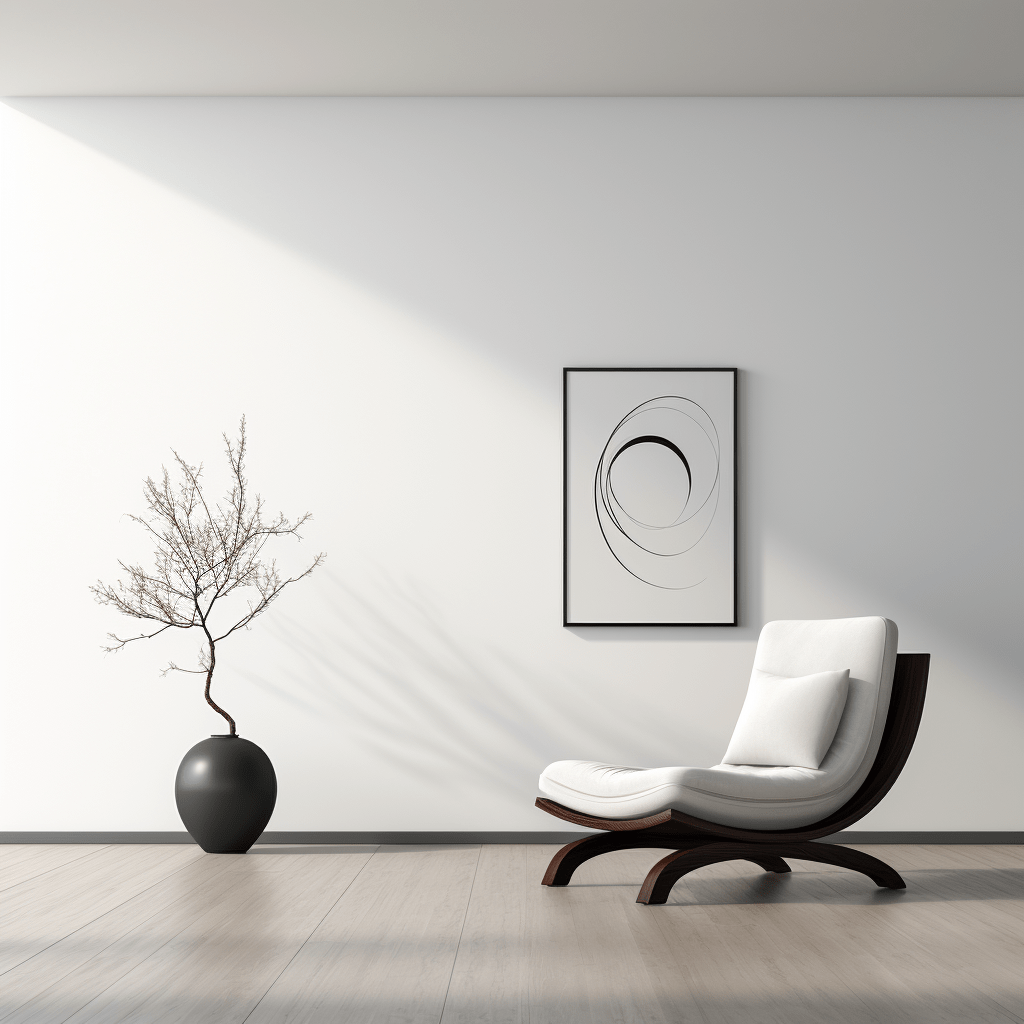
FAQs
Q: How to design your home rooms? A: Start by assessing the room’s size, purpose, and natural lighting. Create a budget, choose a style or theme, then plan your layout. Incorporate furniture and decor that complements the room’s functionality and aesthetics.
Q: Is there an app to help me design my living room? A: Yes, there are several apps like “Home Design 3D” and “MagicPlan” that allow you to create 3D mockups of your living room, helping you visualize and design the space.
Q: What is the best website to design a room? A: Websites like “RoomSketcher” and “Floorplanner” are popular choices. They offer intuitive tools to design, visualize, and even furnish your room virtually.
Q: How do I plan my room layout? A: Measure the room’s dimensions, identify focal points, and decide on a style or theme. Sketch a rough layout, placing larger furniture first. Ensure clear pathways and balance between empty and occupied spaces.
Q: How can I maximize a small room’s design? A: Utilize multi-functional furniture, go vertical with storage, use light colors to create an illusion of space, and declutter regularly to keep the room open and breathable.
Q: What’s trending in room design for 2023? A: Sustainable designs, minimalistic approaches, and the integration of technology are leading trends. Additionally, retro and vintage styles are making a significant comeback.
Q: How often should I update my room’s design? A: It’s subjective and depends on personal preferences. However, refreshing your room’s design every 3-5 years can keep the space feeling fresh and in line with evolving trends.


